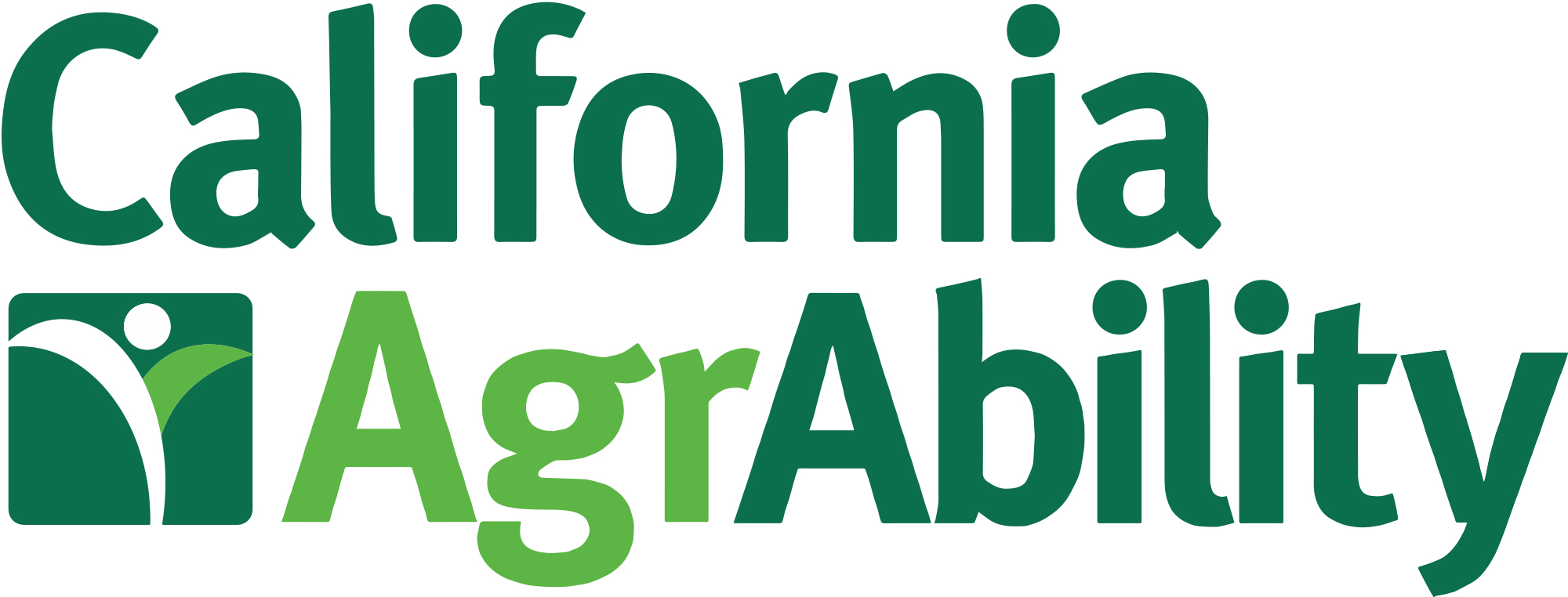Safety Tips for California Seasonal Weather
Fall
- Drive safely as it gets darker earlier. Be aware of sun glare.
- Do not ride farm machinery with children. It may look fun to have your child sit with you on farm equipment, but many times, this can result in fatal accidents.
- Sweep away dry leaves from outlets, power cords, and outdoor lighting as it could be an electrical hazard.
- Wear layers, or “Dress like an Onion”. Having multiple layers of insulating clothing can keep you warm, and if you get too warm, you can slowly “peel” away each layer.
- Wear wind-resistant jackets during cold and windy weather.
- Remove and replace wet layers of clothing to stay dry.
- Get adequate sleep after a long day of harvest, the body requires rest to continue working safely.
- Eat regular meals, working long hours during harvest does not mean you should be skipping nourishing your body.
Winter
- Be careful of wet or muddy surfaces. This can increase your risk of tripping or falling.
- Do not drive, walk, or swim through the flood even if it looks shallow. “Turn Around, Don’t Drown!” Just six inches of moving water can sweep you or your vehicle away.
- If there is lighting, stop working and go to the nearest shelter. Never stand under an isolated tree in an open area for shelter.
- Wear layers, or “Dress like an Onion”. Having multiple layers of insulating clothing can keep you warm, and if you get too warm, you can slowly peel away each layer.
- Wear wind-resistant jackets during cold and windy weather.
- Remove and replace wet layers of clothing to stay dry.
- Stay hydrated. Even though it is cooler, residents tend to drink less water. Bring a hot drink to encourage yourself to drink more fluids as well as staying warm.
- Be aware of symptoms of hypothermia such as low blood pressure, shallow breathing, difficulty moving, slurred speech, and disorientation.
- Be aware of symptoms of frostbite such as tingling or aching feelings on exposed skin, blisters, or skin turning grey-white.
Spring
- Although this season is not as hot as the summer, safety tips should still be followed as sun damage and heat illness can still occur.
- Bugs and other pests are typically more common during this period. Avoid areas with bugs and always check to make sure you did not pick up any ticks.
- Use repellent, look for approved repellents and be careful to use the appropriate repellent for children.
- Watch out for poison ivy, poison oak, or other poisonous plants.
- When planting and using a shovel for digging, lift the soil first then turn the entire body before dumping the soil.
- When working long hours, take breaks to re-energize. Fatigue can lead to poor safety decisions.
- Follow the label when applying herbicides and pesticides.
Summer
- Stay hydrated. According to CalOSHA, outdoor workers should be drinking at least one quart of water per hour.
- Avoid dehydrating liquids such as coffee, tea, alcohol or caffeinated soft drinks.
- Have shade or a canopy available when the temperature reaches 80 degrees Fahrenheit or over.
- Acclimate to the heat. According to CalOSHA, people generally acclimate within four to fourteen days of when working for at least two hours per day in the heat.
- Beware of overheating and familiarize yourself with the symptoms of heat illness. When symptoms occur, stop working, rest, and hydrate. If symptoms are severe, emergency response may be necessary.
- Wear long sleeves or protective clothing to protect against the heat or sun. Lightweight, loose-fitting, and light- colored clothes are recommended.
- Protect your skin by using sunscreen SPF 30 or higher, lip balm of SPF 15-30, and wear a hat with a brim of at least 3 inches.
- Protect your eyes and wear sunglasses that are UV protected.
- Beware of your time and environment. During the summer, UV rays peak at 10 am to 4 pm and this can increase your risk of sun damage.

